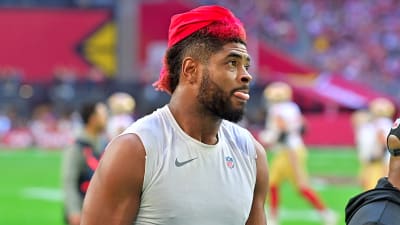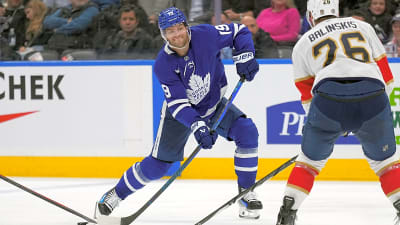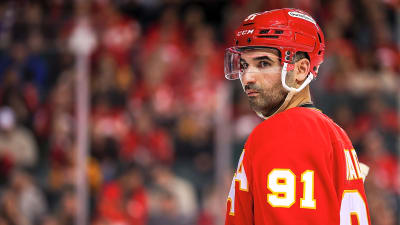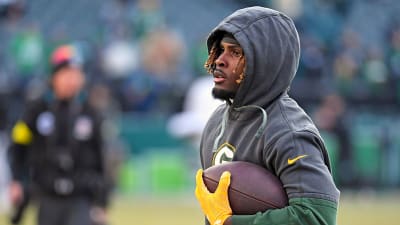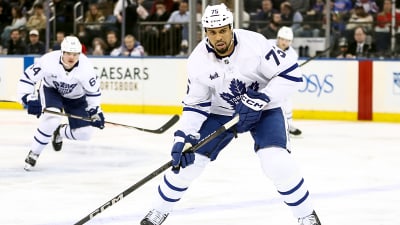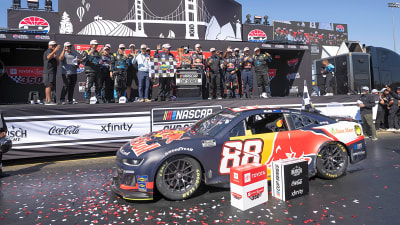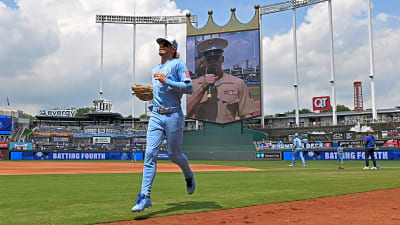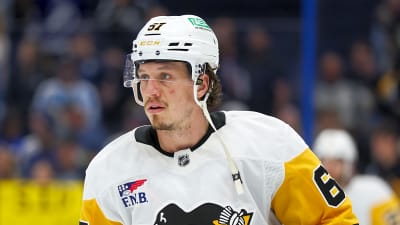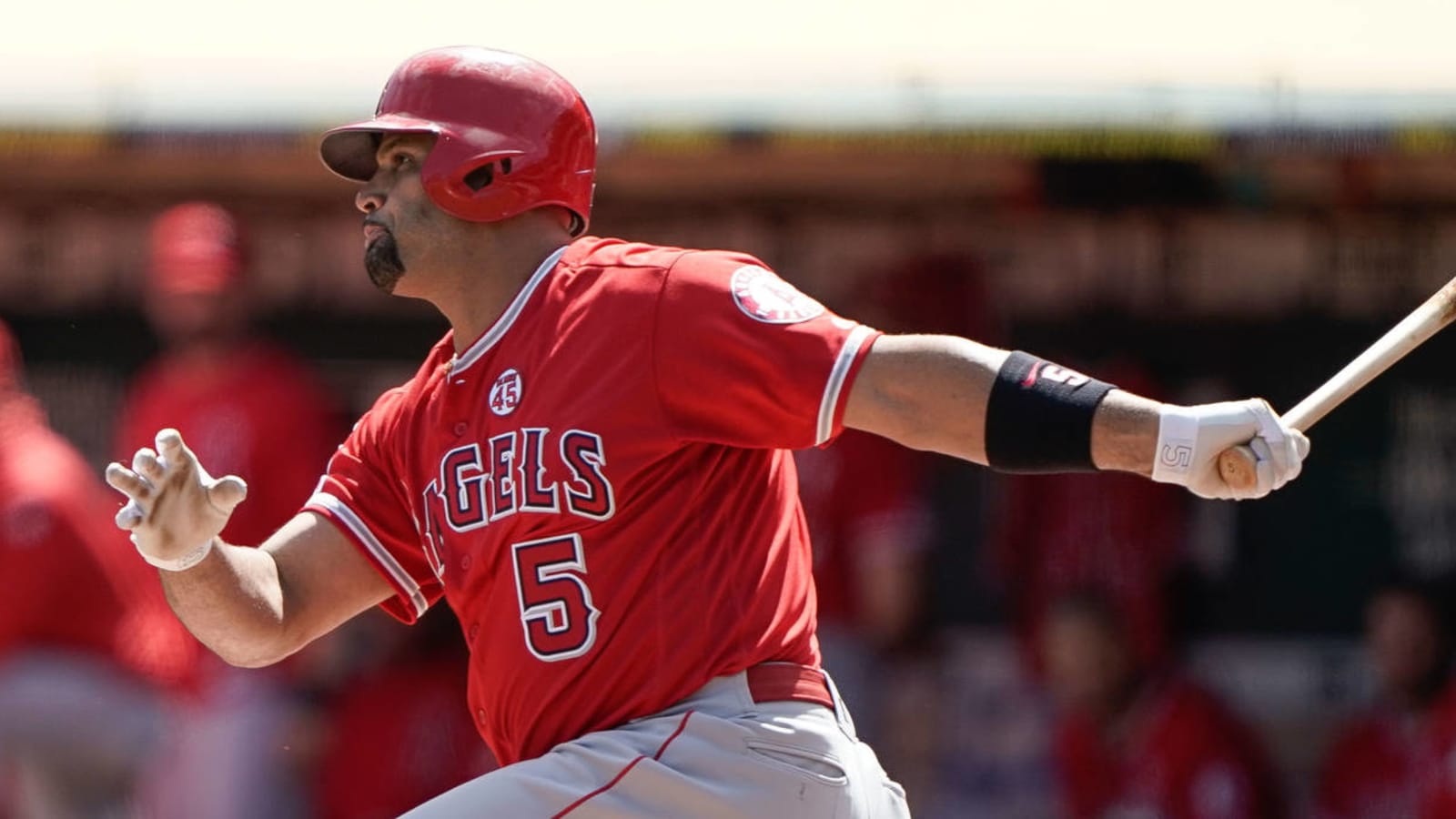
Bad investments: The worst contract on every MLB team
Fans want their teams to “win the offseason” and attract the biggest free agents available. Fast forward a few years after that happens, and some of those players no longer look so appealing — and neither do their contracts.
Here’s the one contract each team would jettison if it could.
Arizona Diamondbacks: Yasmany Tomás, OF
The allure of Cuban defectors is understandable. Many of them become available by surprise and have the potential for stardom. However, without the opportunity for scouts to see them face live competition, there’s a huge bust risk. The Diamondbacks took a gamble signing Tomás to a six-year, $68.5 million contract in December 2014. Outside of his 31-homer 2016 season, he hasn’t contributed much, spending the past two years in Triple-A. This is the final year of his contract, in which he’ll earn $17 million.
Atlanta Braves: Mark Melancon, P
Salary aside, Melancon is still a quality relief arm. After moving from San Francisco to Atlanta at last year’s trade deadline, he struck out 24 batters in 21 innings and walked just two. That production is far from worth the four-year, $62 million deal the Giants gave him though. He’s on the hook for $14 million in 2020.
Baltimore Orioles: Chris Davis, 1B/DH
Davis’ seven-year, $161 million extension from 2016 has become the most infamous contract in baseball. His batting averages since the beginning of the contract: .221, .215, .168, and .179, and he’s struck out in 36.1 percent of his plate appearances. Three years and $69 million remain, but no one would be surprised if the Orioles simply cut bait.
Boston Red Sox: Rusney Castillo, OF
Castillo was Yasmany Tomás before it was (un)cool. Signing a seven-year, $72.5 million deal out of Cuba, he was supposed to anchor the Red Sox outfield through 2020. He has performed well in Triple-A over the past four years but has no chance of being called back up to Boston. Even though he still earns his full salary in the minors, it doesn’t count against the luxury tax. The club won’t risk its payroll by promoting him under any circumstances.
Chicago Cubs: Craig Kimbrel, P
Surprise: It’s not Jason Heyward! The outfielder is still on the hook for $86 million, but he’s at least a solid hitter against right-handed pitching with superb defense in right field. Kimbrel is owed $33 million more through 2021, with a vesting option for 2022. He surrendered nine home runs in 20 2/3 innings after signing in June last year, and his fastball velocity declined from 98.6 mph in 2017 to 96.4 in 2019. That’s still plenty of heat, but it’s trending in the wrong direction, and he certainly didn’t blow it by enough batters last season.
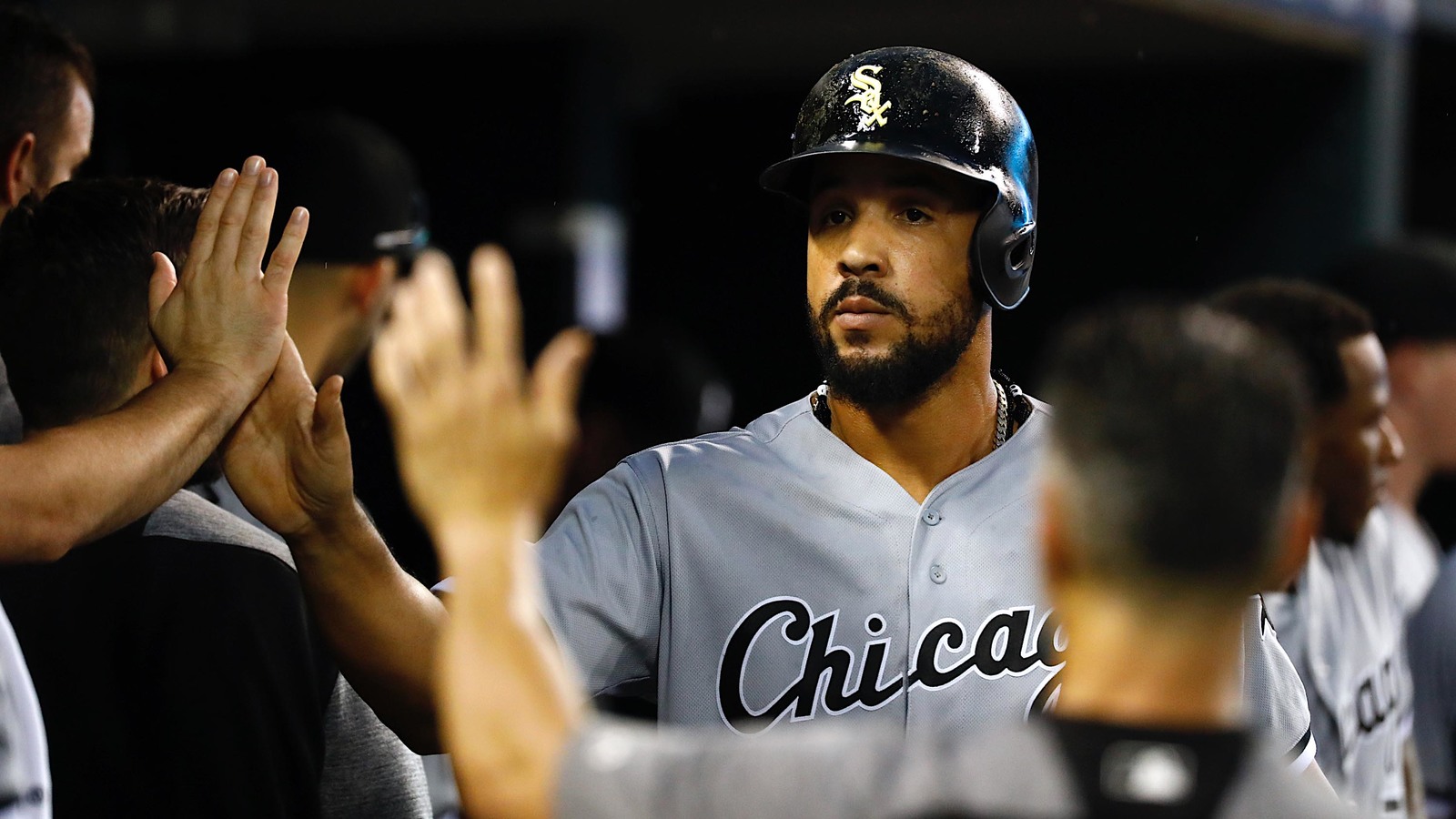
Chicago White Sox: Jose Abreu, 1B
Re-signing Abreu for three years and $50 million was one of the more questionable moves of this past offseason. He lit the baseball world on fire in 2014, leading the league in slugging percentage (.581) and winning Rookie of the Year. He remained a top hitter through 2017, but his production has declined over the past two years. His 119 OPS+ since 2018 (meaning he was 19 percent better than the average hitter) is still pretty decent, but it's mostly negated by his iron glove. Given that he’ll be 35 at the end of the contract, the White Sox might want a mulligan.
Cincinnati Reds: Joey Votto, 1B
Votto belongs on the Reds’ Mt. Rushmore along with Johnny Bench, Joe Morgan and Barry Larkin, but his contract is destined for a sour ending. The future Hall of Famer’s on-base percentage dipped to .357 last season with only 15 home runs. That’s roughly average production, but he’ll need to be significantly better than average with $107 million remaining on his deal through 2023. At 36 years old, he probably won't have a resurgence.
Cleveland Indians: Carlos Carrasco, P
From 2014-2018, Carrasco’s ERA didn’t exceed 3.63. Last season, he fought injuries that kept him out of action for three months, and his ERA ballooned to 5.29. He’s owed $35.25 million over the next three years. That’s still not a terrible contract by any means, but Cleveland would surely rather divert those funds toward a Francisco Lindor extension.
Colorado Rockies: Wade Davis, P/Ian Desmond, INF, OF/Daniel Murphy 2B
Given how poorly constructed the Rockies roster is, it’s impossible to pick just one bad contract. These three players combined for -2.9 bWAR last season and are owed $57 million more. Setting aside the sunken costs, it’s difficult to reach the playoffs with three roster spots devoted to unproductive players. Making matters worse, by the time the Rockies free themselves of all three players, Charlie Blackmon’s contract could be just as much of an anchor.
Detroit Tigers: Miguel Cabrera, 1B
Cabrera will be a first-ballot Hall of Famer, but he’s been a shell of himself since 2017. His slugging percentage was merely .398 last year. Coming off a 47-114 season, the Tigers will pay him $124 million over the next four years.
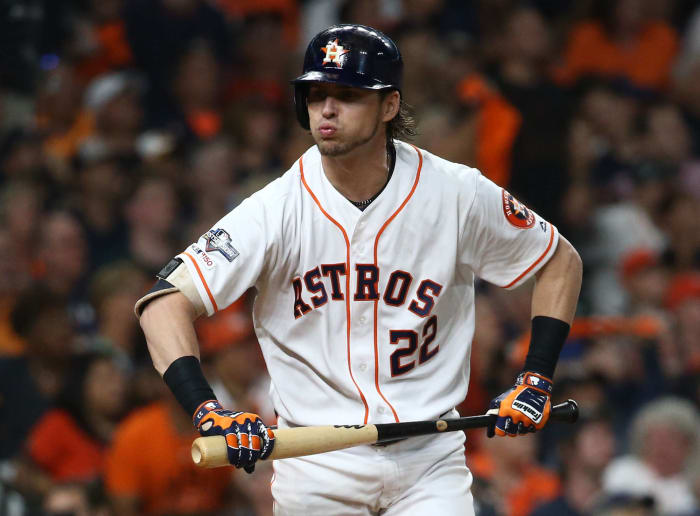
Houston Astros: Josh Reddick, OF
The Astros are a juggernaut with few weak links on the roster, so it isn’t easy to find a bad contract. The closest fit is Reddick, a platoon right fielder with declining offensive production. He’ll earn $13 million in 2020 and then hit free agency. If that’s the worst contract on the team, it’s no wonder the Astros have won at least 100 games three years in a row.
Kansas City Royals: Ian Kennedy, P
When the notoriously frugal Royals splurged on Kennedy in 2016, signing him to a five-year, $70 million deal, they surely didn’t envision him moving to the bullpen. To be fair, he performed well in the closer role last season. However, there’s not much point in a 59-103 team paying $16.5 million for a closer.
Los Angeles Angels: Albert Pujols, 1B,DH
There are just two years remaining on the massive, 10-year deal with which the Angels lured Pujols out of St. Louis. The slugger is the active leader in numerous offensive categories, but he hasn’t been an above-average hitter in at least three years. The team will pay $59 million more for the privilege of watching him chase milestones.
Los Angeles Dodgers: A. J. Pollock, CF
There’s nothing inherently wrong with Pollock’s contract (if he stays healthy). He’s a quality outfielder offensively and defensively. However, with two MVPs in the outfield (Cody Bellinger and Mookie Betts) as well as Joc Pederson, he’s not necessarily a starter on the Dodgers. They’ll pay him at least $51 million through 2022 with a player option for 2023. That’s a lot of coin for a glorified fourth outfielder.
Miami Marlins: Wei-Yin Chen, P
Wei-Yin Chen is a Marlin in paycheck only. Miami released him with a $22 million balance after a 6.59 ERA in relief last season. He signed on with the Mariners, so the Marlins’ highest-paid player in 2020 won’t even wear their uniform.
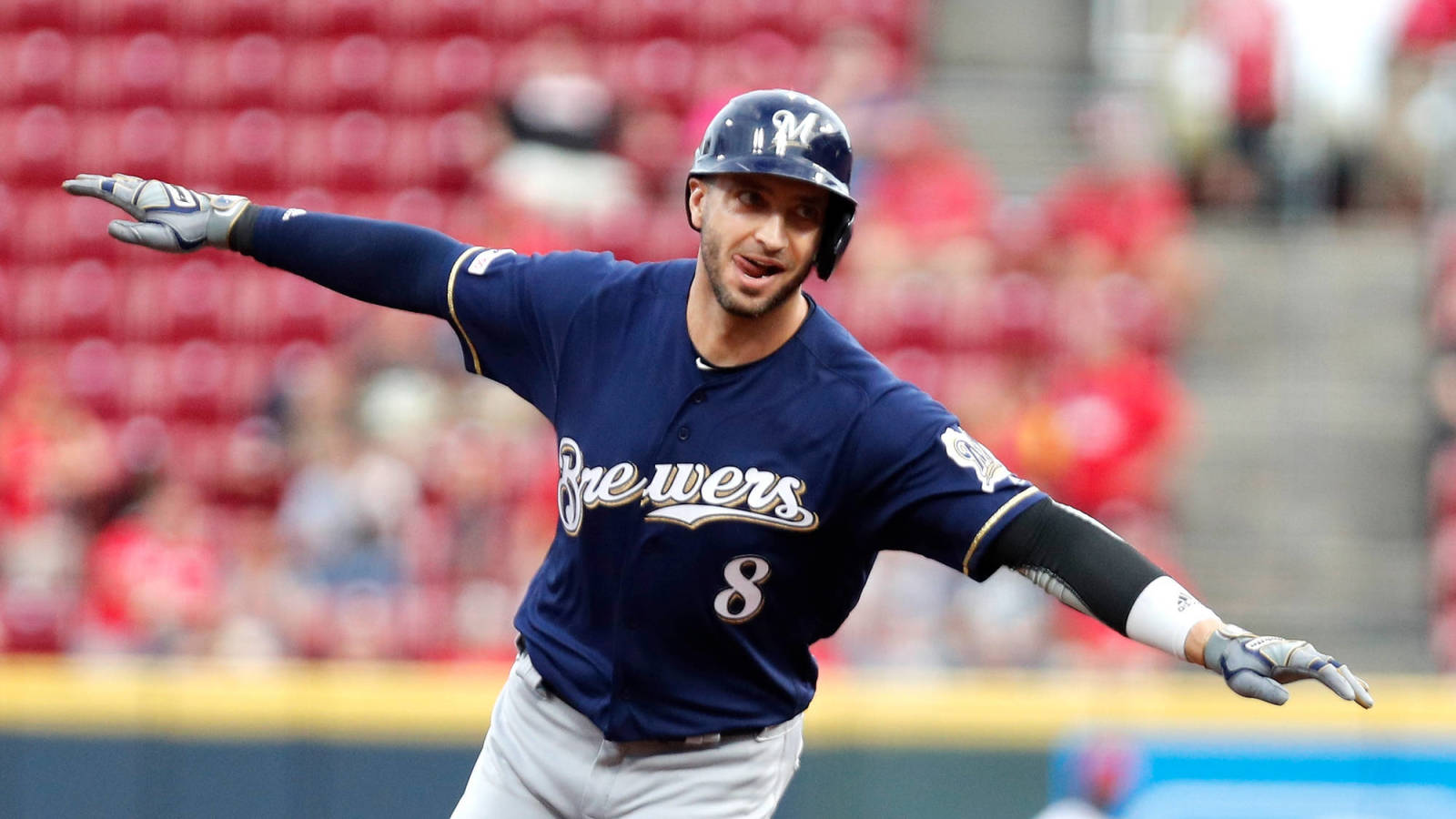
Milwaukee Brewers: Ryan Braun, LF
Braun is the best Brewers player since Robin Yount, and he’s aged rather gracefully. At 35 years old, he slashed .285/.343/.505 with 22 home runs and 11 stolen bases. Nevertheless, the $17 million he’ll make in 2020 (plus a $4 million buyout after the season) is far more than he would receive on the open market, and his time in Milwaukee may be nearing an end.
Minnesota Twins: Marwin González, LF
The Twins clobbered 307 home runs in 2019. González, who signed a two-year, $21 million deal before the season, was responsible for 15 of them. As a switch-hitting super-utility man, he’s still a worthwhile investment. To their credit, the Twins lack a truly unpalatable contract of any kind.
New York Mets: Robinson Canó, 2B
The Mets-Mariners trade that sent Canó (and Edwin Diaz) to Queens already looks like one of the most lopsided disasters in baseball history. Not only did Canó struggle to post a .307 on-base percentage, but Diaz also surrendered 15 home runs in 56 innings. Meanwhile, the prospects New York sent to Seattle have blossomed into some of the most exciting young players in the minors. With $96 million and four years remaining, Canó’s contract is a difficult burden to bear.
New York Yankees: Jacoby Ellsbury,CF
Is Ellsbury still a Yankee? He hasn’t suited up for the team since 2017 and never will again. His contract says they must pay him $26 million in 2020, but the team says otherwise. It’s going to require some crafty legal maneuvering to get out of that obligation.
Oakland Athletics: Khris Davis, LF
Offering big contracts to designated hitters is a risky proposition. Davis led the American League with 48 home runs in 2018, and the A’s rewarded him with a two-year, $33.5 million extension in April. His 2019 season never got off the ground though. He smacked just 23 home runs while his slugging percentage declined from .549 to .387.
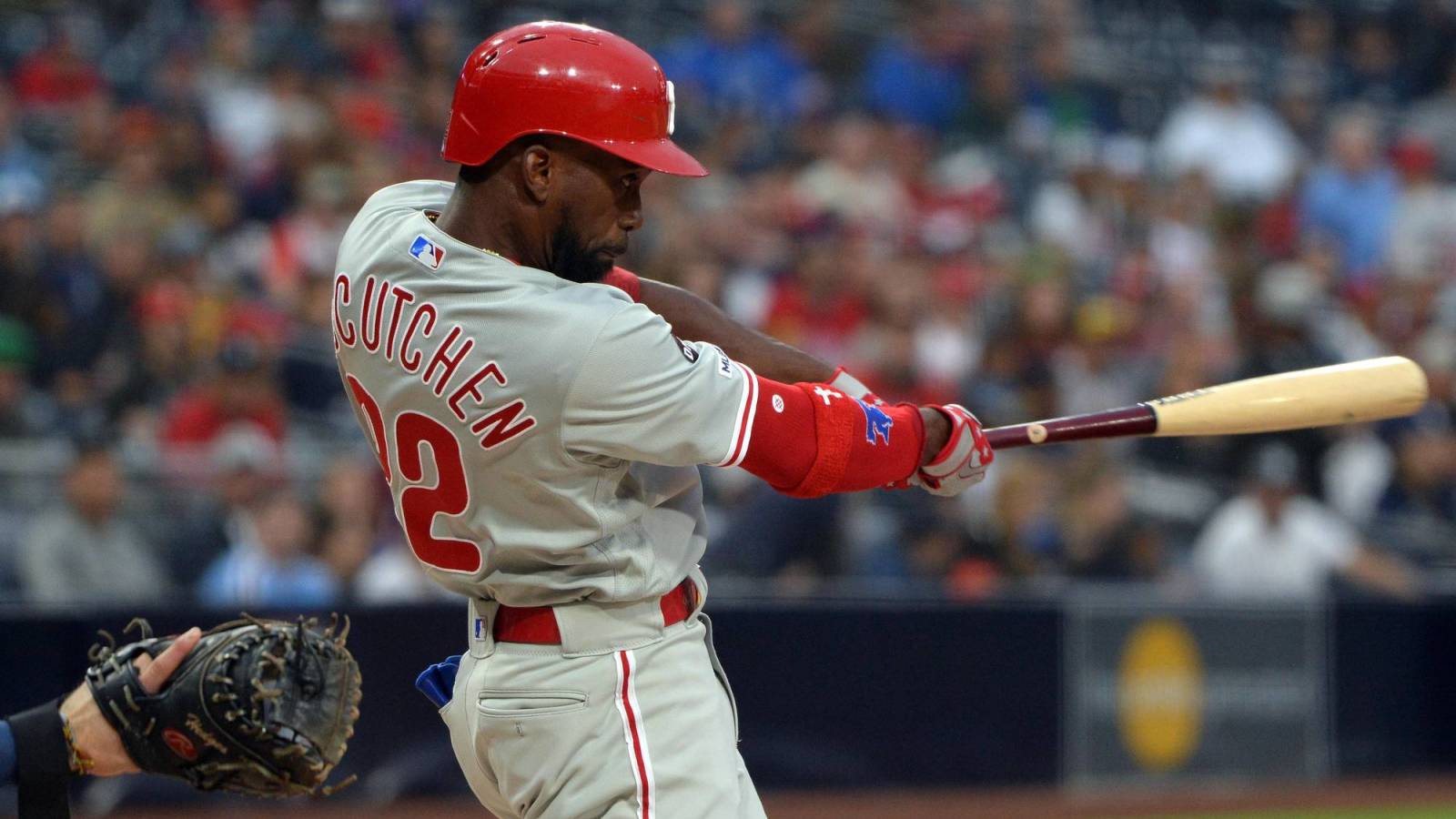
Philadelphia Phillies: Andrew McCutchen, CF
McCutchen isn't an MVP-caliber player anymore, but his three-year, $50 million contract seemed like a smart investment a year ago. That was before he tore his left ACL on June 3, missing the rest of the season. Hopefully, he won’t miss a beat upon his return, but it’s difficult to fully recover from such a devastating injury.
Pittsburgh Pirates: Chris Archer, P
In a year-and-a-half with the Pirates, Archer has struggled to a 4.92 ERA through 172 innings, averaging one home run allowed per start. That’s not what the team had in mind when it traded Austin Meadows and Tyler Glasnow to extract him from Tampa Bay, as the two youngsters have turned into future superstars. Archer has one year and $9 million left on his deal.
San Diego Padres: Eric Hosmer, 1B
The Padres turned heads when they signed Hosmer to an eight-year, $144 million dollar contract two years ago. So far he’s had the lowest average launch angle in MLB in 2018 (-1.2 degrees) and the second-lowest in 2019 (2.1 degrees). In other words, the team will pay $102 million more for a whole lot of groundouts over the next six years.
San Francisco Giants: Johnny Cueto
Tommy John surgery robbed Cueto of all but 13 appearances in 2018 and 2019. He seems to be healthy in 2020, but if spring training stats are any indication, the Giants shouldn’t get too excited. He allowed 16 of 33 batters to reach base this spring, striking out only two. The team will pay him just under $49 million through 2021.
Seattle Mariners: Yusei Kikuchi, P
The Mariners knew Kikuchi was no Yu Darvish when they signed him from Japan, but they hoped for something similar to Masahiro Tanaka. Instead, he pitched more like Hideki Irabu. His 16.1 percent strikeout rate was the fourth-worst in MLB (minimum 160 innings). He has an option-laden deal that will keep him under contract through at least 2021.
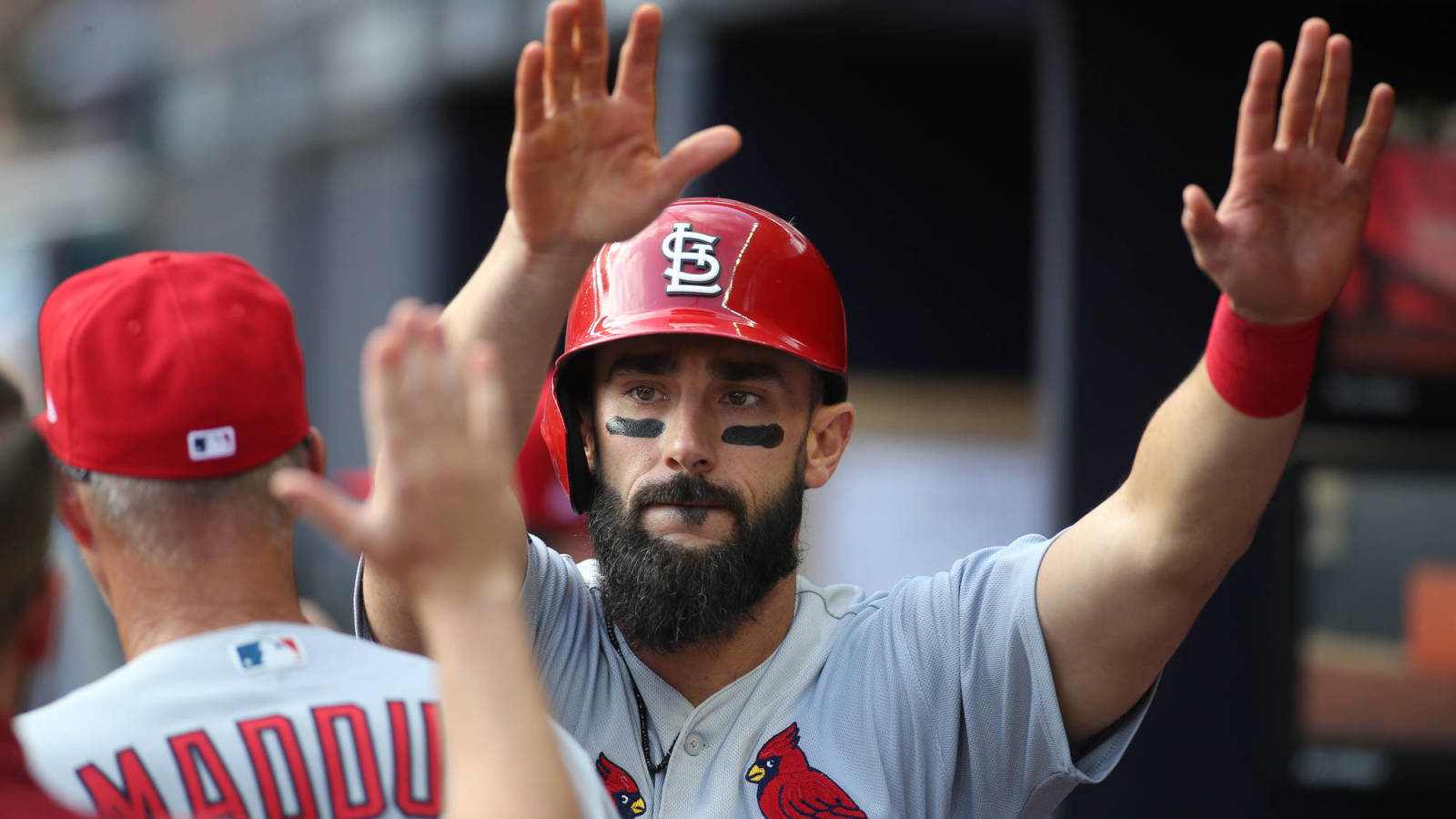
St. Louis Cardinals: Matt Carpenter, 3B
The Cardinals hold a number of large contracts for aging players (Paul Goldschmidt, Yadier Molina, Dexter Fowler and Andrew Miller), but Carpenter turned completely into a pumpkin last season. After nearly leading the league in home runs in 2018, he slipped to a .226/.334/.392 slash line. He needs to rediscover his stroke to be worth the $39 million he will get paid through 2021 (with a vesting option for 2022).
Tampa Bay Rays: Evan Longoria, 3B
The Rays traded Longoria to San Francisco in December 2017, but they’re on the hook for $2 million of his salary this year and next as well as $5 million in 2022. It’s not a good thing that this is their worst contract. As a playoff team last year, the Rays have no real excuse for failing to invest money in their ballclub, yet their projected payroll for 2020 is less than $60 million (including Longoria). The only other teams below $80 million are perennial losers: the Royals, Pirates, Marlins and Orioles. The lack of bad contracts isn't just because they're clever; it's because they hardly ever sign any worthy players to big deals at all.
Texas Rangers: Prince Fielder, 1B/DH
There are a lot of contenders for the title of "worst contract" on the Rangers, including Elvis Andrus, Shin-Soo Choo and Rougned Odor, but the winner has to be the guy who hasn’t played since 2016. Fielder agreed to an injury buyout but will still collect $9 million from Texas this season.
Toronto Blue Jays: Troy Tulowitzki, SS
This contract stretches all the way to 2010, when Tulowitzki looked like a franchise cornerstone in Colorado. The Rockies signed him to a 10-year, $157.5 million extension before he was doomed by injuries. The Blue Jays took him off their hands in July 2015, but he played only 238 games for them before being released. He played a handful of games for the Yankees in 2019 but is now retired. All the same, Toronto still owes him $14 million this year and $4 million the next.
Washington Nationals: Asdrúbal Cabrera, SS/Howie Kendrick, 2B/Eric Thames, 1B/Ryan Zimmerman, 1B
About half of the Nationals' payroll is tied up in three pitchers, but it’s hard to argue Max Scherzer, Stephen Strasburg and Patrick Corbin aren’t worth the money. However, it is perfectly reasonable to question the construction of their bench. Cabrera, Kendrick, Thames and Zimmerman are all range-challenged infielders, ages 33-36. They will earn $11.5 million combined this season, which is a lot of money for four players best suited to DH -- especially for a National League team. Odds are good that at least one or two of them won’t be worth the cash and roster spot investments.
More must-reads:
- Stargazing: 25-and-under players with Hall of Fame potential
- Tatis Jr. = A-Rod? Historical comparisons for MLB's young stars
- The 'No. 1 overall MLB Draft picks' quiz
Breaking News
Trending News
Customize Your Newsletter
 +
+
Get the latest news and rumors, customized to your favorite sports and teams. Emailed daily. Always free!
